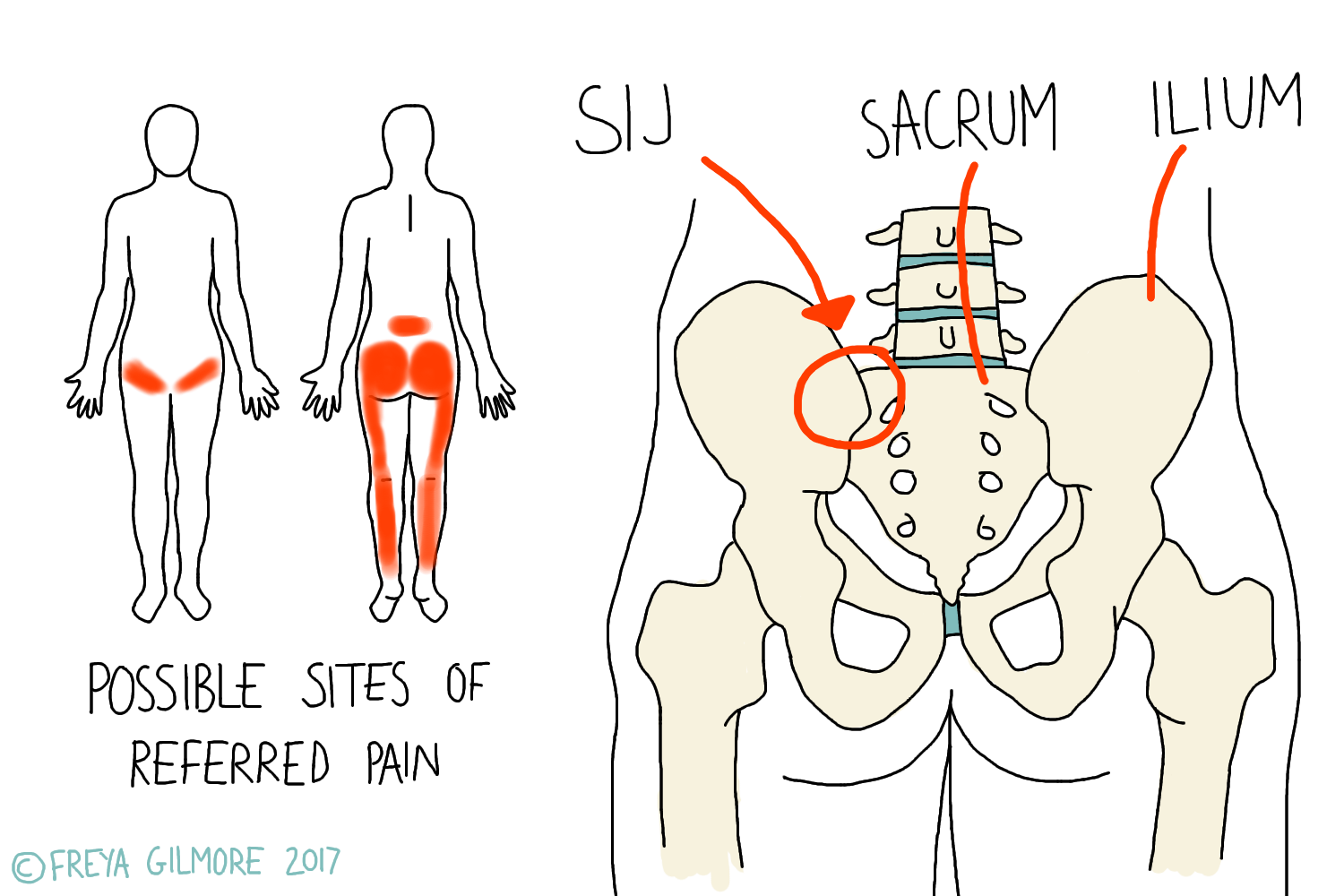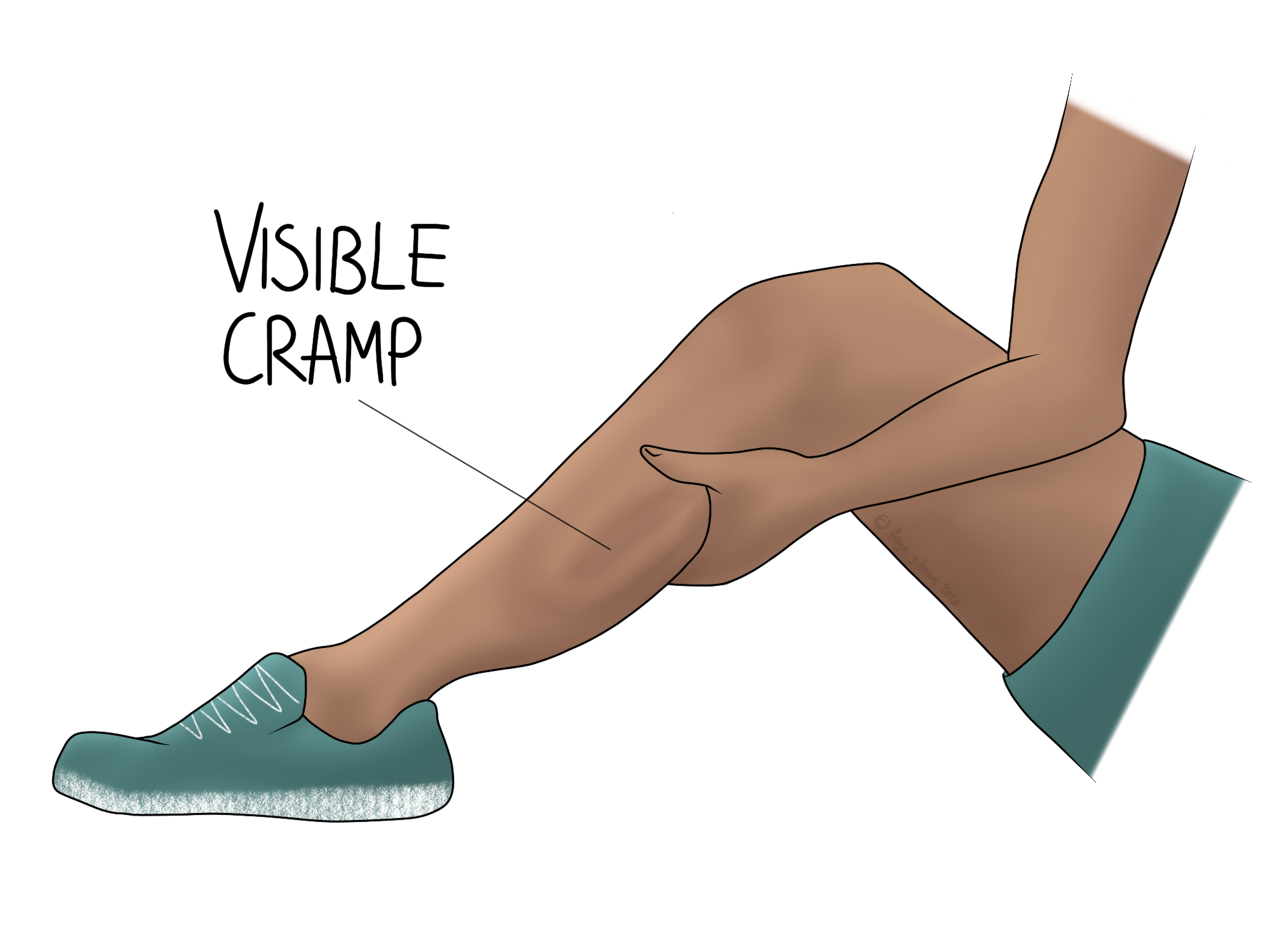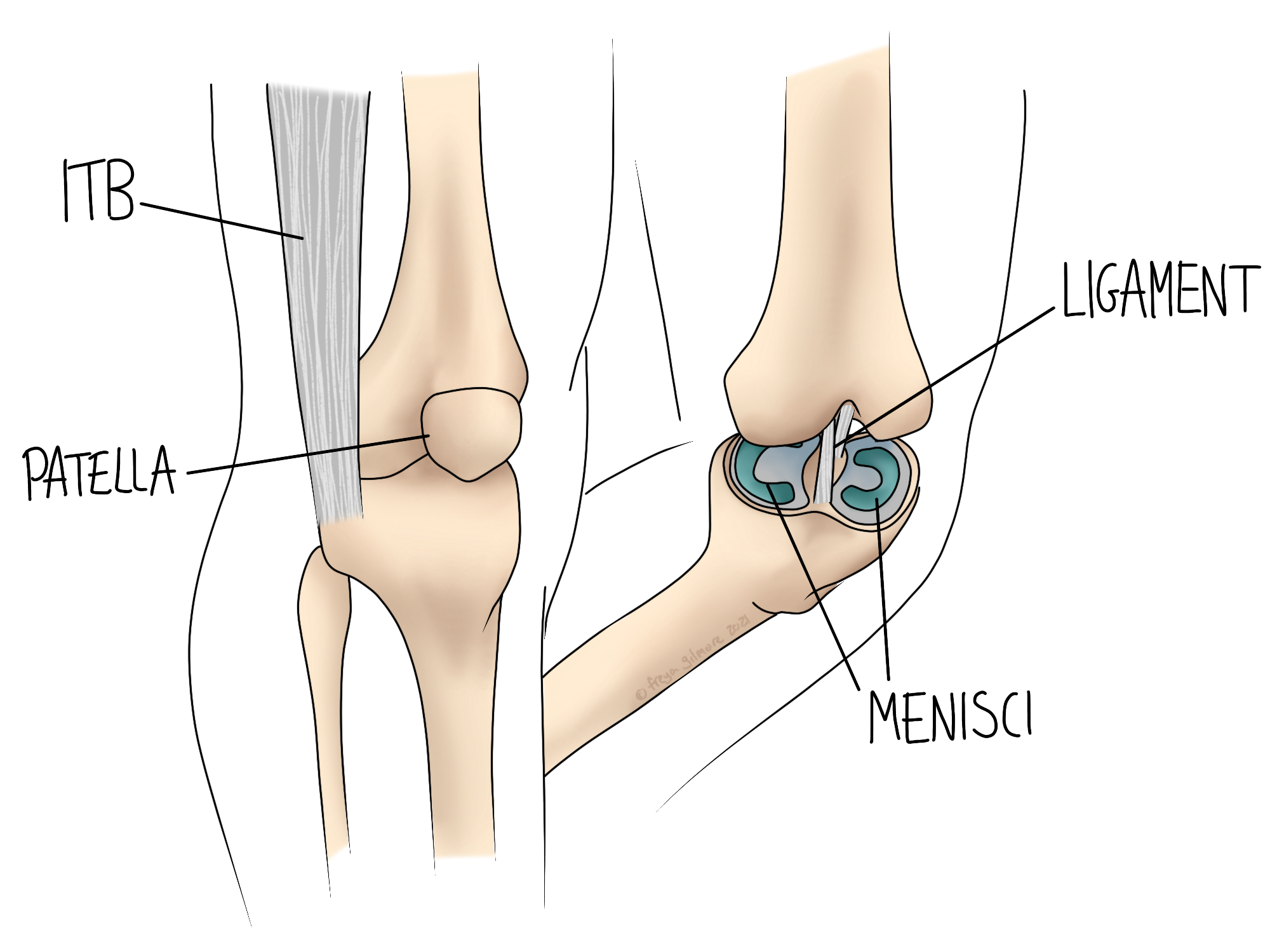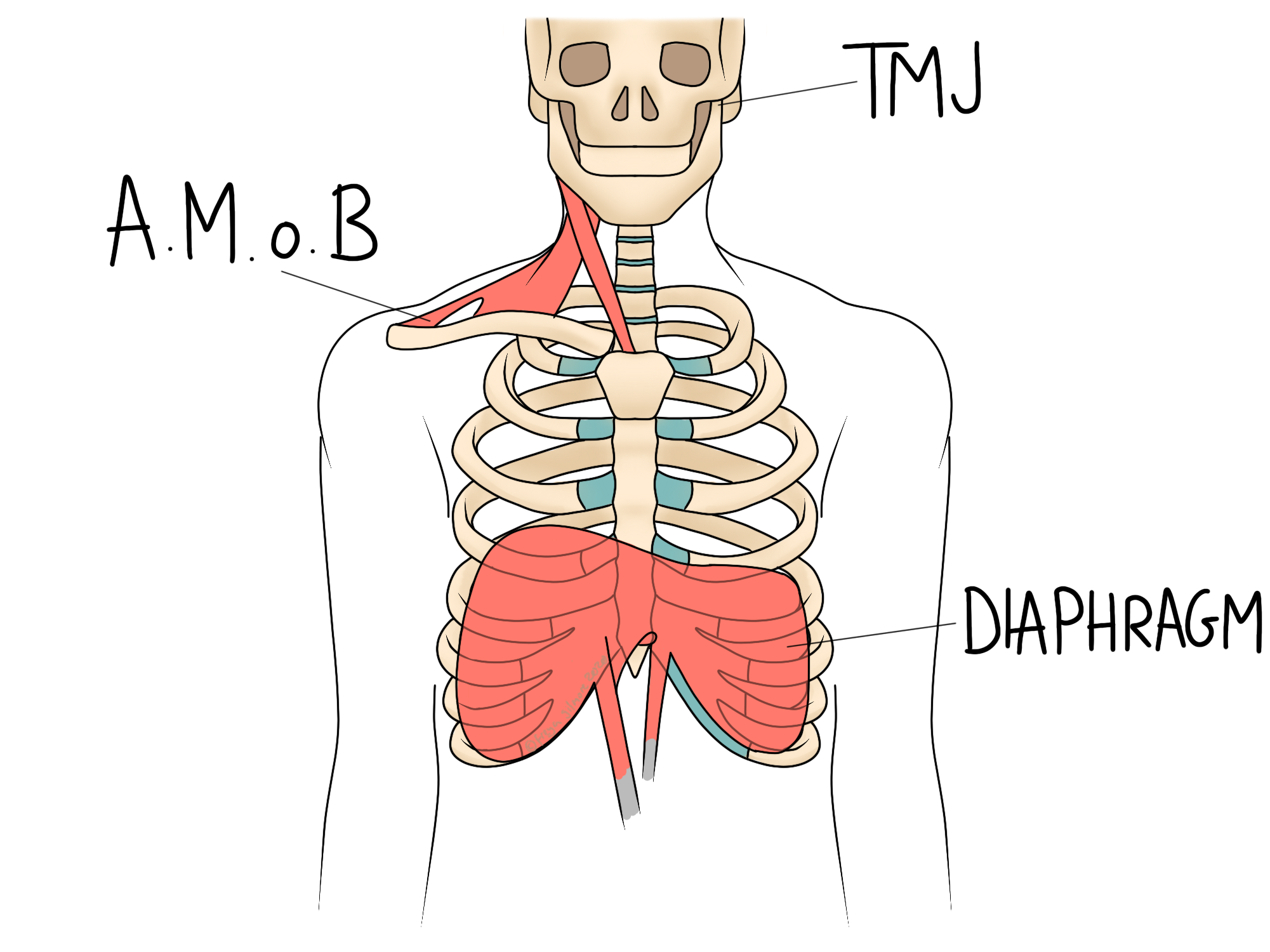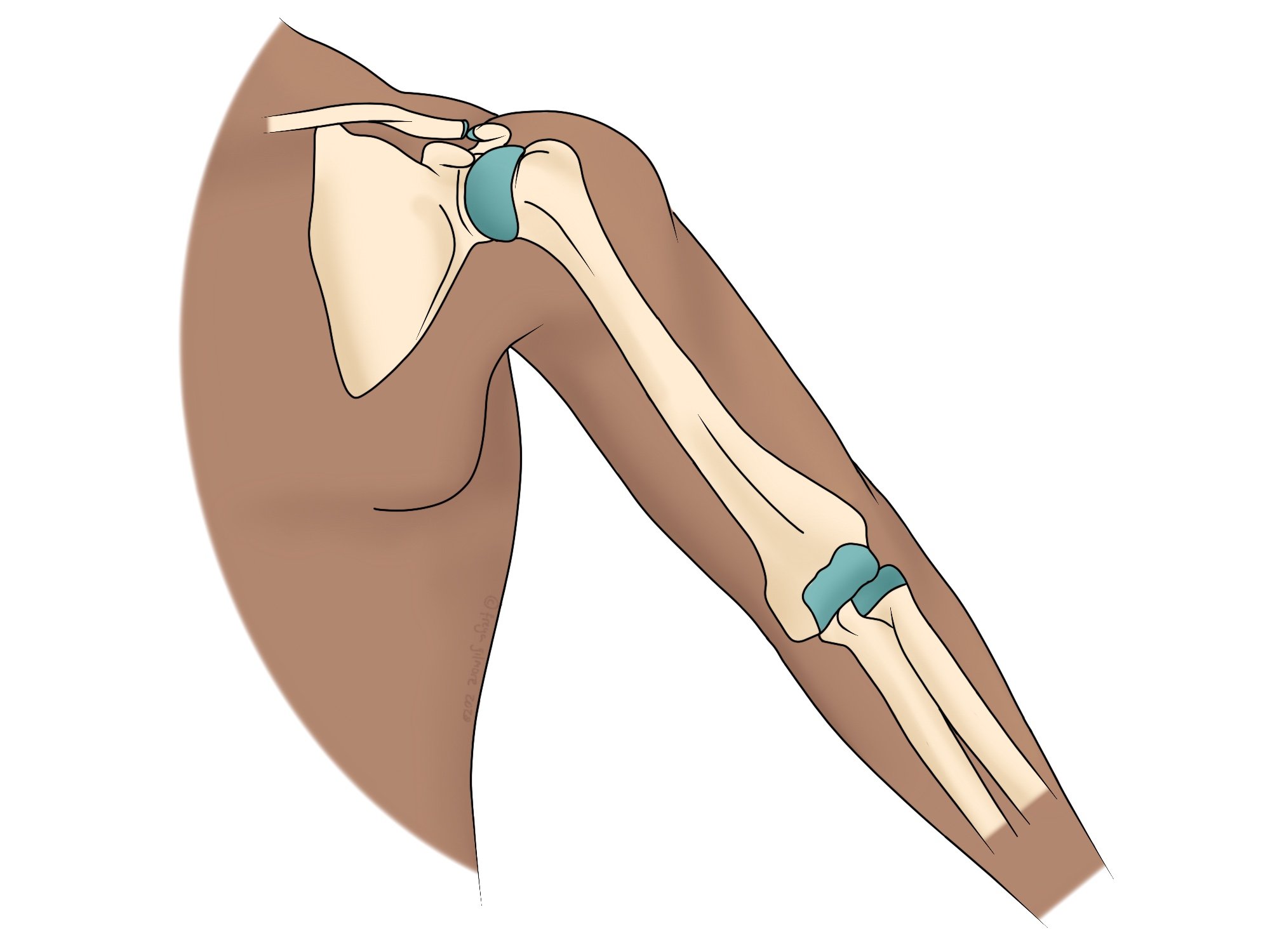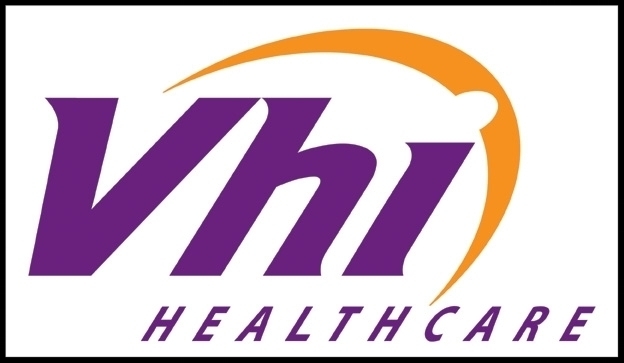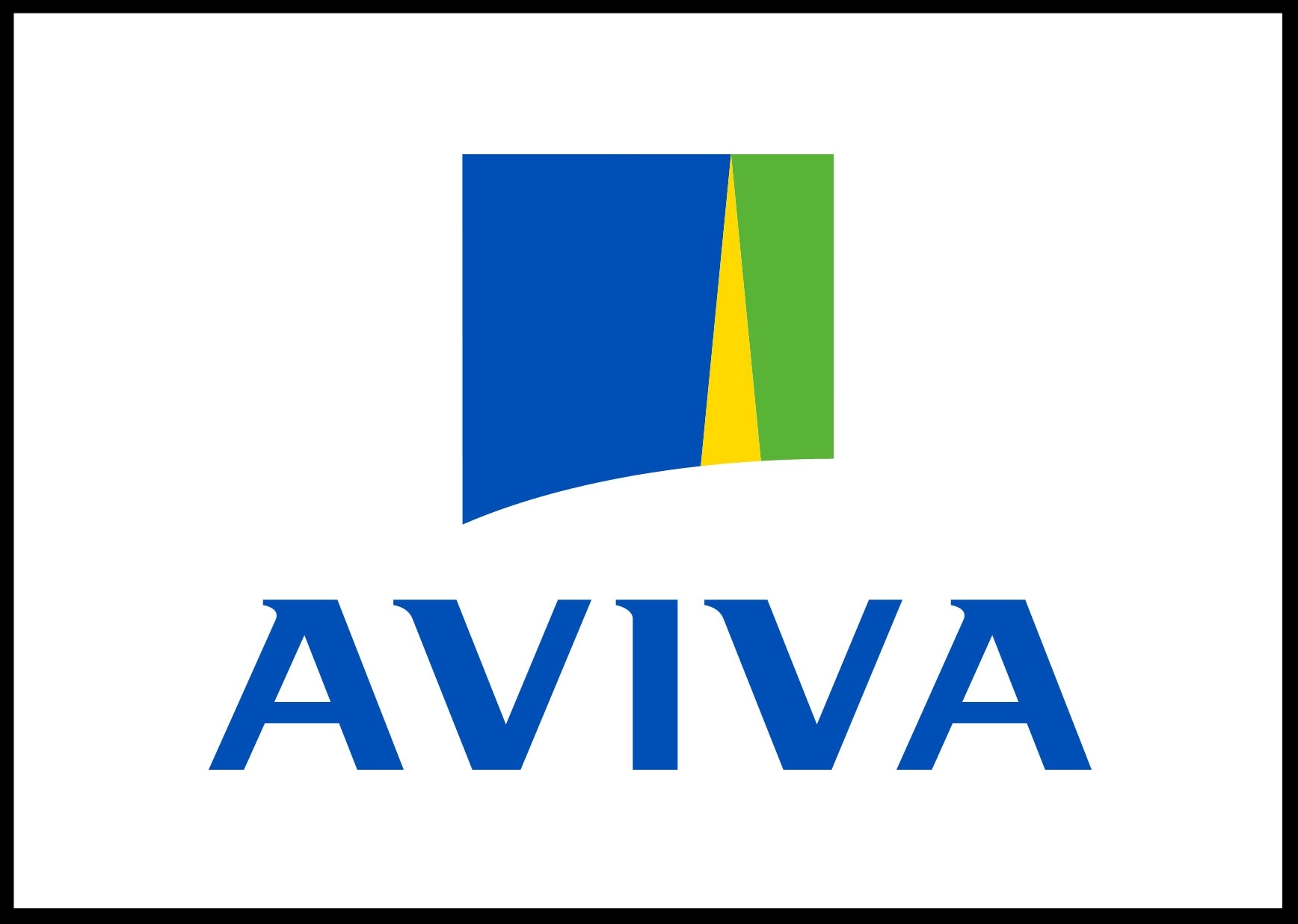The long-awaited but sudden transition into parenthood puts all sorts of demands on the body for both parents. Osteopathy can help with the muscle and joint pains, and we can offer some advice for changing your discomfort-inducing habits too.
Carrying Baby
Babies often seem happiest when being held, so it’s not surprising to realise that you’re holding your baby much more than you might have anticipated. If your baby likes to be as close to you as possible, have a look at baby-wearing carriers or wraps. A comfortable one will spread baby’s weight through your upper and lower back, allowing you to soothe them while getting on with your day.
As baby gets heavier and more mobile, their mattress will need moving deeper into the cot. This can make it much more difficult to pick baby up and set them down, so make sure you’re using your legs wherever possible, and listening to your body if you do feel any twinges. Exercises to keep the whole back moving might be a suitable plan of action, and your osteopath can help you with this.
Infant Feeding
If you’re feeding with a bottle, try and keep track of which side you held baby on last. You might find that you favour one side due to the positions that your furniture supports best, but mixing it up is good for you and baby. Management for torticollis and plagiocephaly put a lot of emphasis on giving baby opportunities to strengthen both sides of the neck.
For feeding in bed or on a sofa, try and set yourself up with pillows or cushions before you get started- it’s easier to throw out an extra pillow than squeeze another one in once baby’s latched on. Make sure your arms are supported enough that the shoulders can relax, and the upper back and neck aren’t straining.
Breastfeeding
Finding a comfortable position in which to breastfeed can be a struggle. But you might find you have access to positions that wouldn’t work so easily for bottle feeding too. The same ideas apply as above: keep your arms supported to take the strain off the neck and shoulders. If you’re feeding in bed, you might like to lay back and have baby belly to belly with you, or lay on your side and have baby laying on the mattress with you. Be aware of the safe sleep 7 if you are prone to falling asleep during feeding.
The Upper Back
The upper back is particularly susceptible to overworking when you have a new baby, and often this can be completely asymptomatic. Problems arise when the restriction in the upper back begins to have a knock-on effect for another area, typically the lower back or neck. This might manifest slowly as recurrent headaches or neck tension, or it might be more dramatic and lead to a sudden disc bulge or muscle strain.
Your osteopath will be able to spot these developing patterns, even if you’re not feeling any discomfort.
Make here to make an appointment in Naas for your aches and pains
